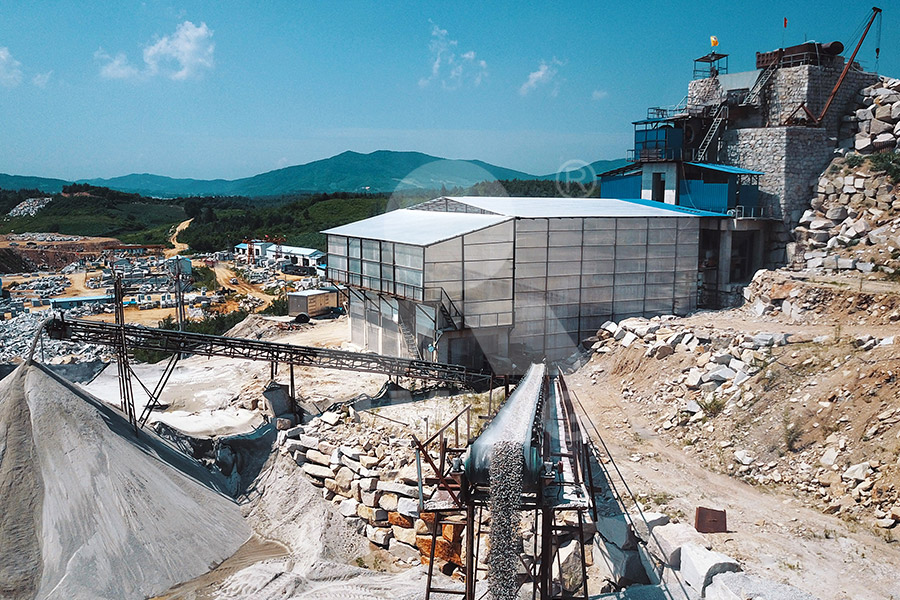galapagos crushed stone
The Unique Crushed Stone of the Galápagos Islands
The Galápagos Islands, renowned for their extraordinary biodiversity and volcanic landscapes, also possess a distinctive geological feature: Galápagos crushed stone. This material, formed through natural volcanic processes, plays a crucial role in construction and environmental preservation across the archipelago. .jpg)
Origins and Composition
Galápagos crushed stone is primarily derived from basalt, the dominant volcanic rock in the islands. Over millennia, lava flows have fractured and weathered into angular fragments, which are then mechanically crushed for practical use. The stone’s porous yet durable nature makes it ideal for:
- Road construction
- Building foundations
- Erosion control
Unlike imported aggregates, locally sourced crushed stone minimizes environmental disruption and aligns with the Galápagos’ strict sustainability regulations. 
Environmental Significance
The extraction and use of Galápagos crushed stone are tightly regulated to protect fragile ecosystems. Key considerations include:
1. Low-Impact Quarrying: Limited to designated areas away from wildlife habitats.
2. Native Vegetation Protection: Avoiding disruption to endemic plant species.
3. Carbon Footprint Reduction: Local sourcing reduces transportation emissions compared to imported materials.
Challenges and Innovations
Balancing development needs with conservation is critical. Some projects now incorporate recycled crushed stone or alternative materials to further reduce ecological impact. Researchers are also studying how volcanic aggregates interact with island soils to improve land-use planning.
Conclusion
Galápagos crushed stone exemplifies how natural resources can be harnessed responsibly in ecologically sensitive regions. Its use supports infrastructure while respecting the islands’ unique environment—a model of sustainable development in one of Earth’s most iconic ecosystems.
Would you like details on specific quarries or engineering applications?
